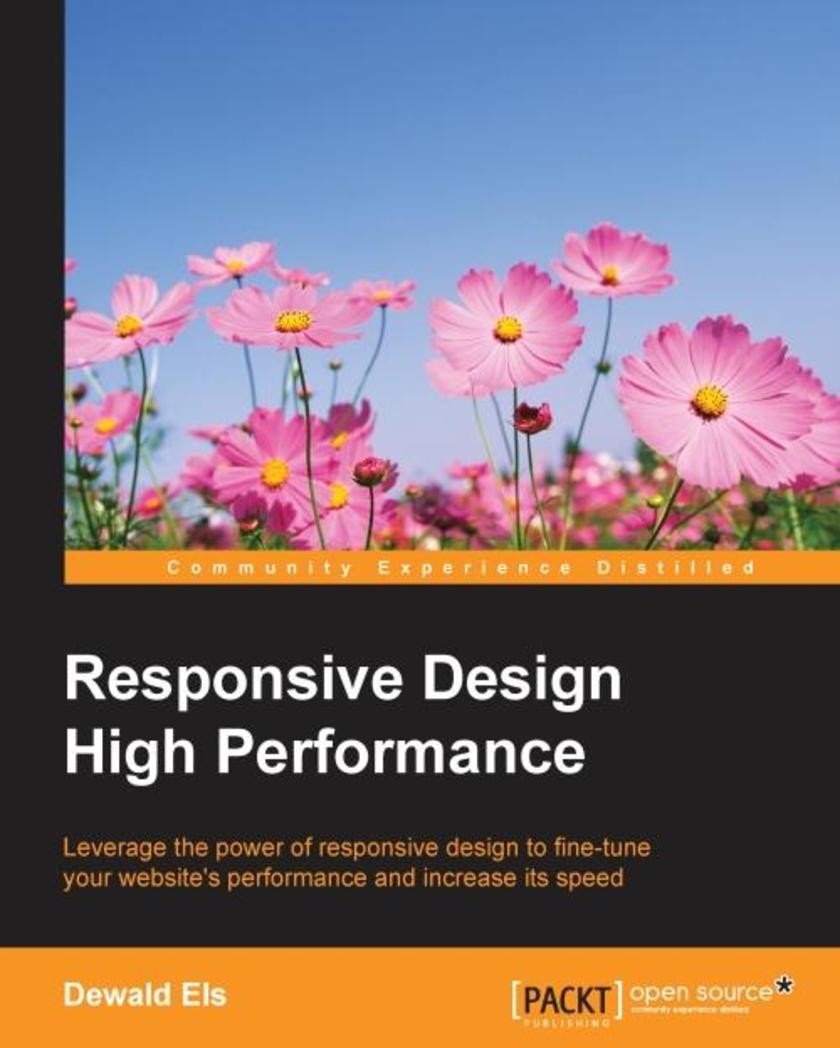
Responsive Design High Performance
¥54.49
This book is ideal for developers who have experience in developing websites or possess minor knowledge of how responsive websites work. No experience of high-level website development or performance tweaking is required.
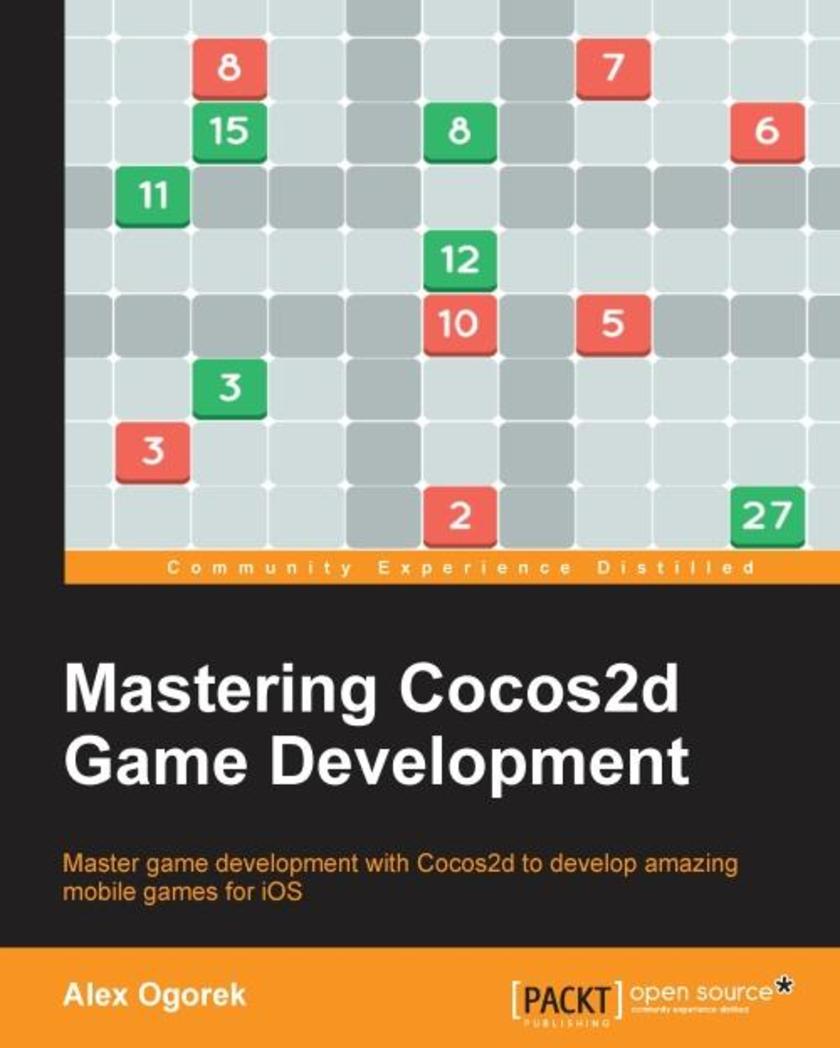
Mastering Cocos2d Game Development
¥80.65
If you are a developer who is experienced with Cocos2d and Objective-C, and want to take your game development skills to the next level, this book is going to help you achieve your goal.

CentOS High Availability
¥54.49
This book is targeted at system engineers and system administrators who want to upgrade their knowledge and skills in high availability and want to learn practically how to achieve high availability with CentOS Linux. You are expected to have good CentOS Linux knowledge and basic networking experience.

Laravel 5 Essentials
¥54.49
This book is intended for PHP web developers who have an interest in Laravel and who know the basics of the framework in theory, but don't really know how to use it in practice. No experience of using frameworks is required, but it is assumed you are at least familiar with building dynamic websites in PHP already.
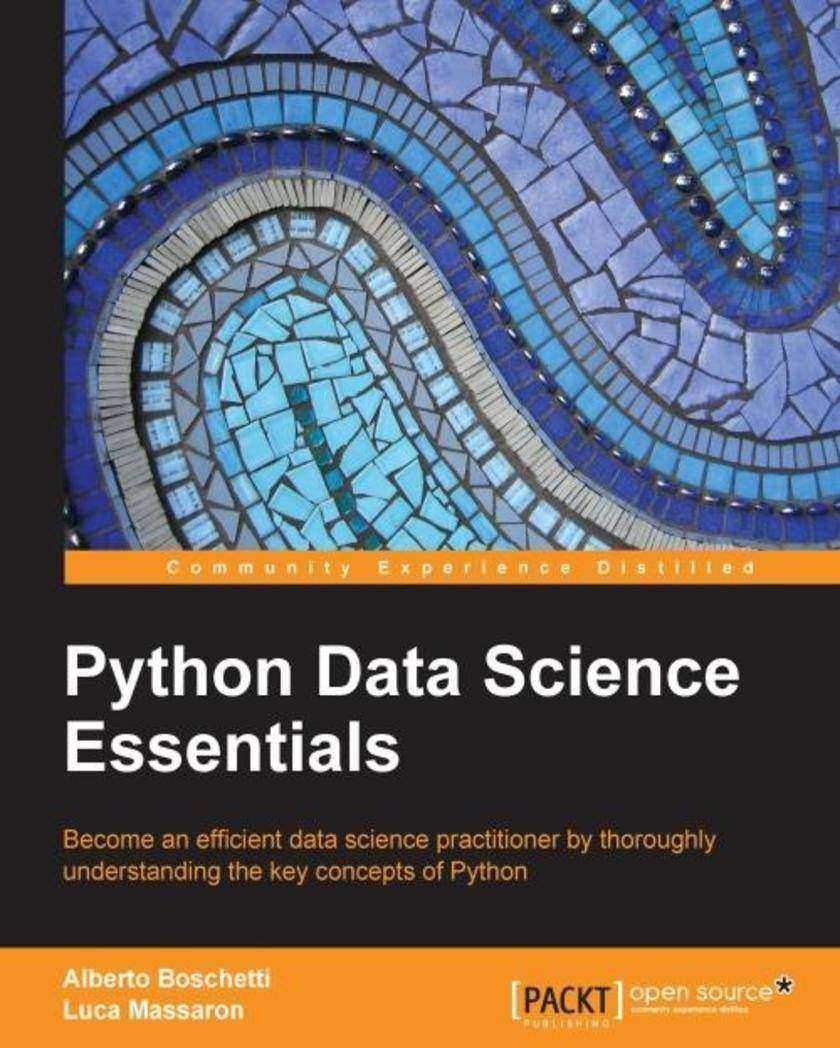
Python Data Science Essentials
¥71.93
If you are an aspiring data scientist and you have at least a working knowledge of data analysis and Python, this book will get you started in data science. Data analysts with experience of R or MATLAB will also find the book to be a comprehensive reference to enhance their data manipulation and machine learning skills.

WebSocket Essentials – Building Apps with HTML5 WebSockets
¥54.49
This book is for web developers who want to learn and implement WebSocket to create interesting apps for modern browsers, leveraging the capabilities of HTML5 with WebSockets.
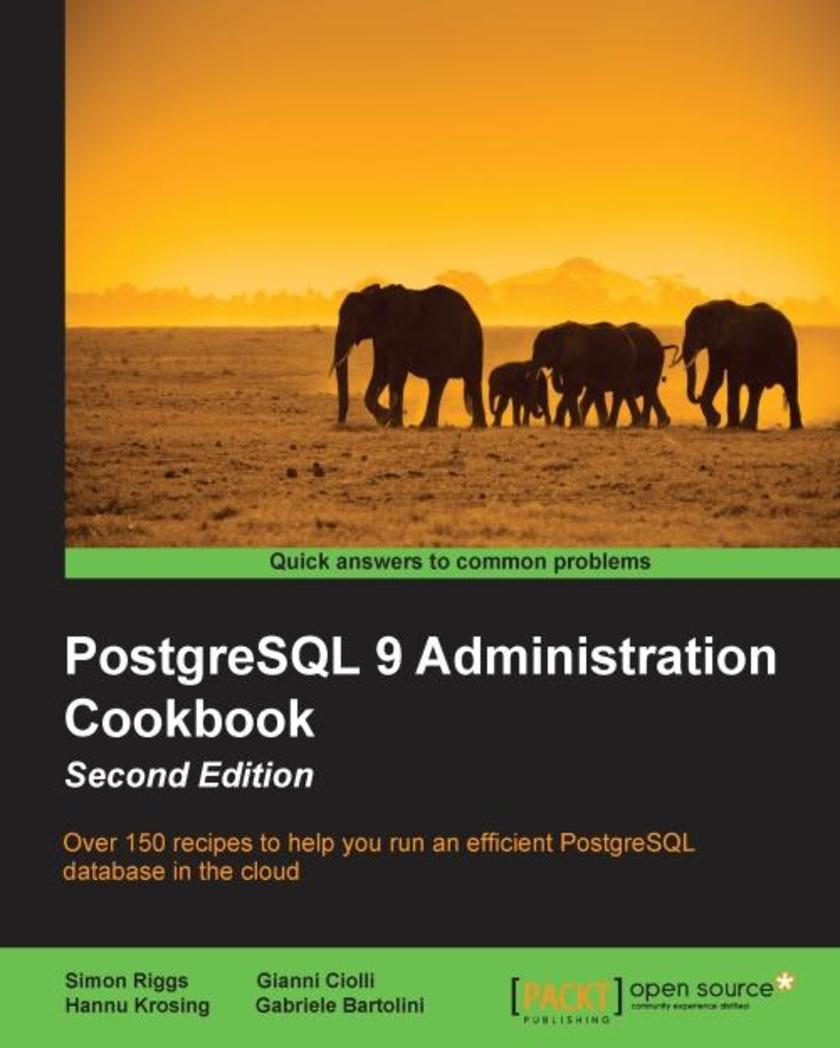
PostgreSQL 9 Administration Cookbook - Second Edition
¥107.90
Through example-driven recipes, with plenty of code, focused on the most vital features of the latest PostgreSQL version (9.4), both administrators and developers will follow short, specific guides to understand and leverage useful Postgre functionalities to create better and more efficient databases.
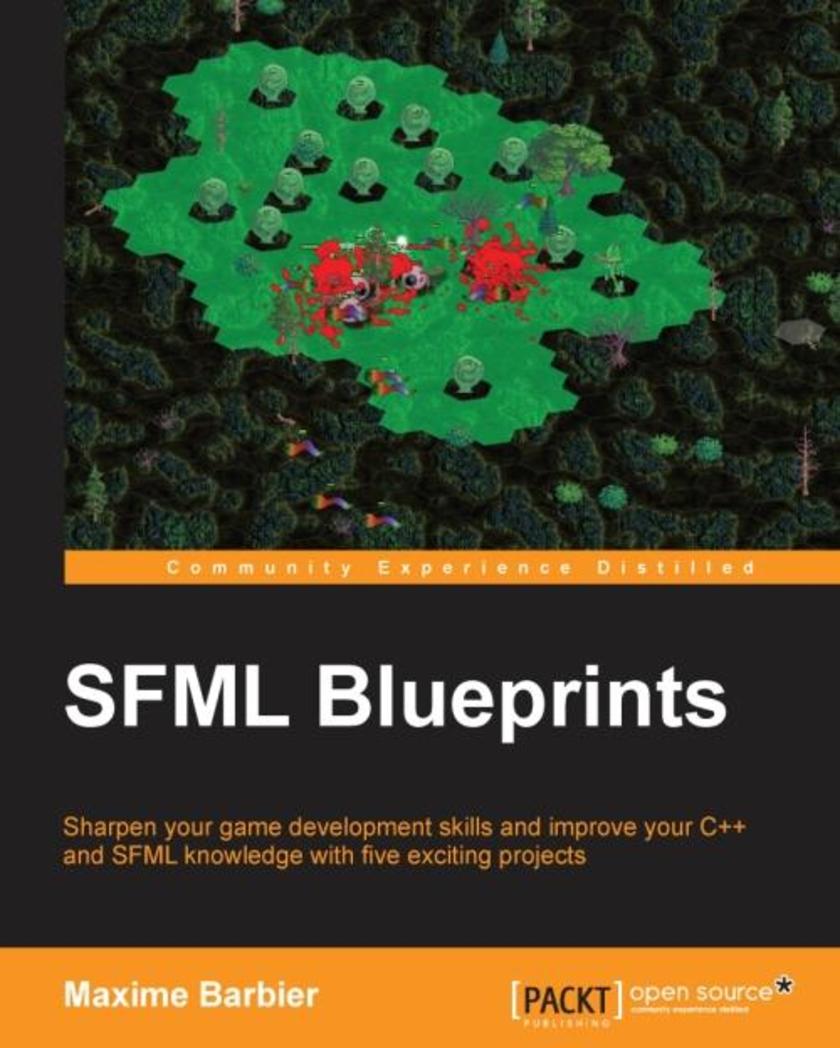
SFML Blueprints
¥71.93
This book is for developers who have knowledge of the basics of the SFML library and its capabilities in 2D game development. Minimal experience with C++ is required.
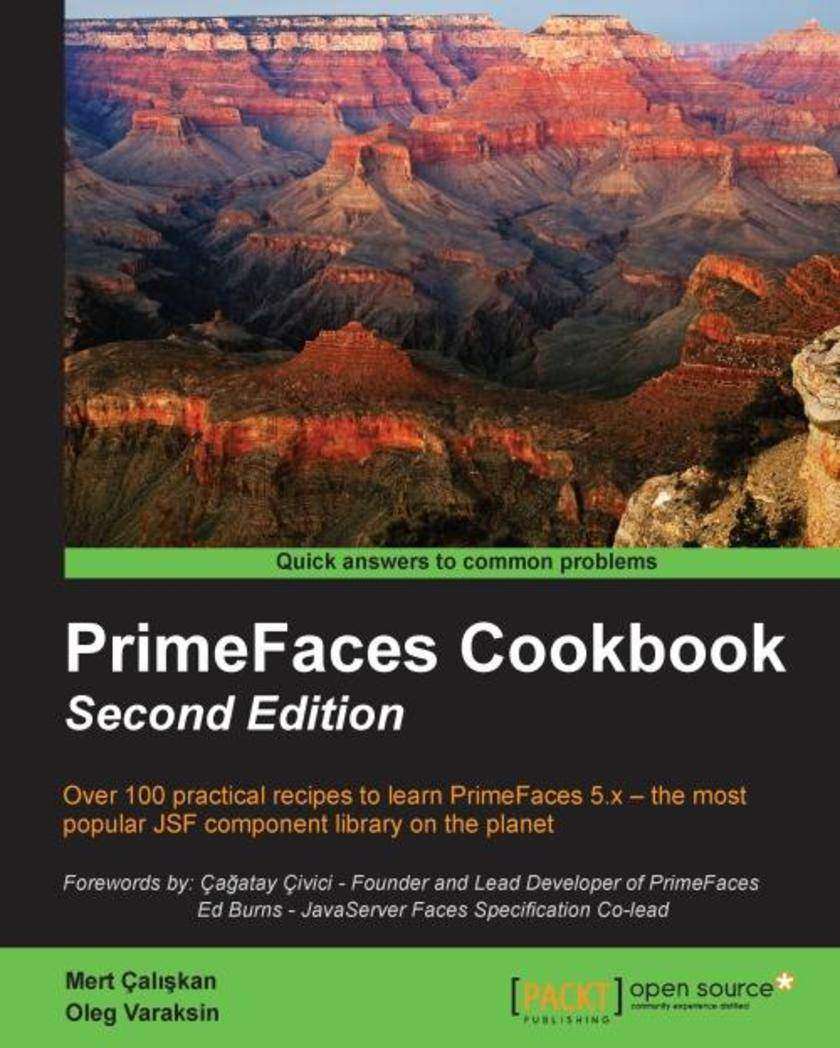
PrimeFaces Cookbook - Second Edition
¥80.65
This book is for everybody who would like to learn modern Java web development based on PrimeFaces and is looking for a quick introduction to this matter. Prerequisites for this book are basic JSF, jQuery, and CSS skills.
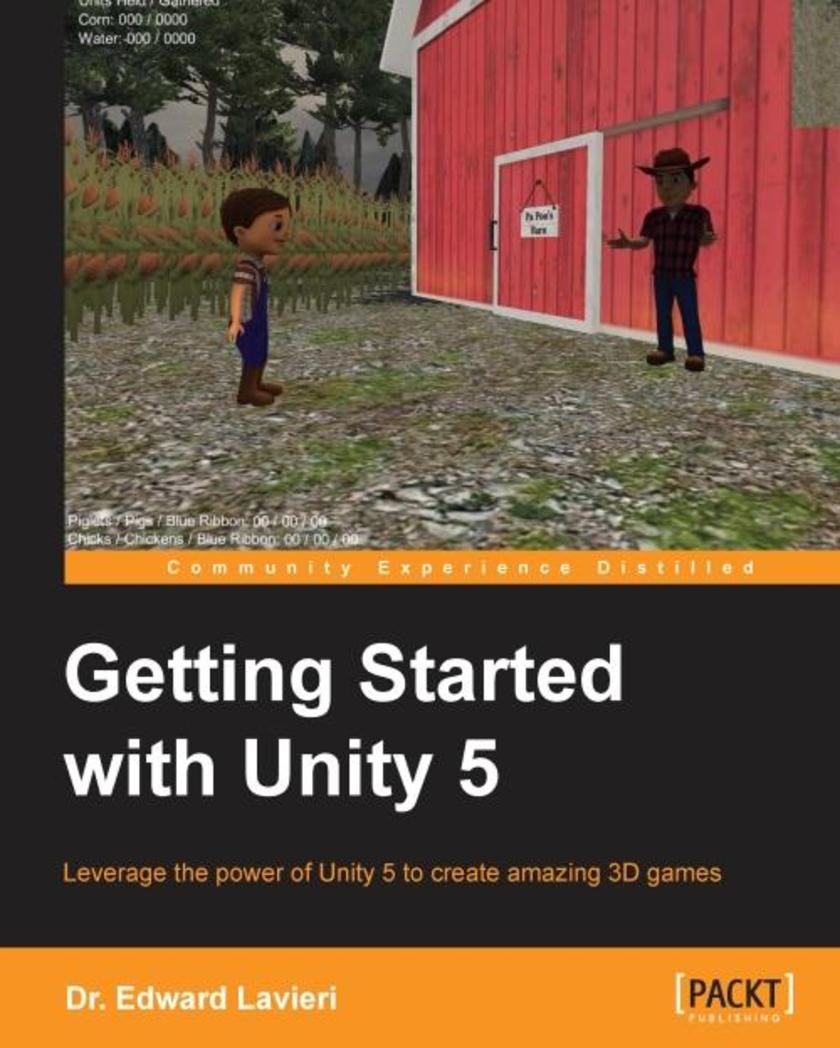
Getting Started with Unity 5
¥54.49
If you are a game developer interested in learning Unity 3D from scratch and becoming familiar with its core features, then this book is for you. No prior knowledge of Unity 3D is required.
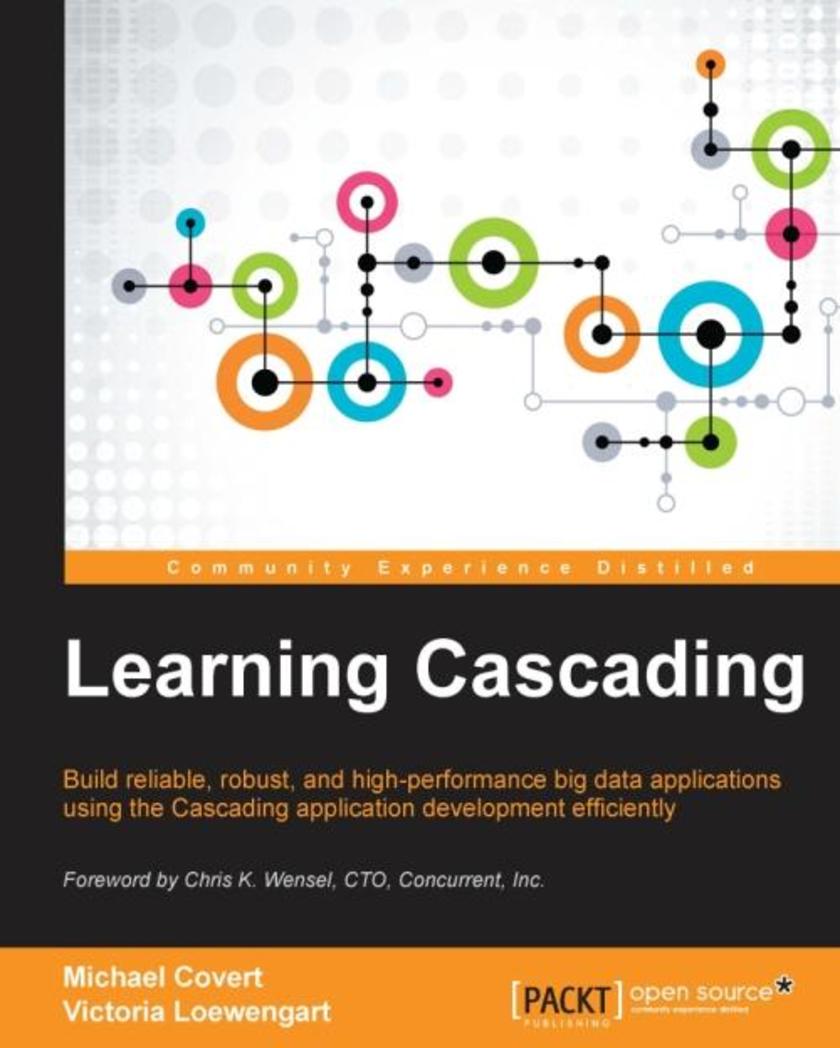
Learning Cascading
¥80.65
This book is intended for software developers, system architects and analysts, big data project managers, and data scientists who wish to deploy big data solutions using the Cascading framework. You must have a basic understanding of the big data paradigm and should be familiar with Java development techniques.
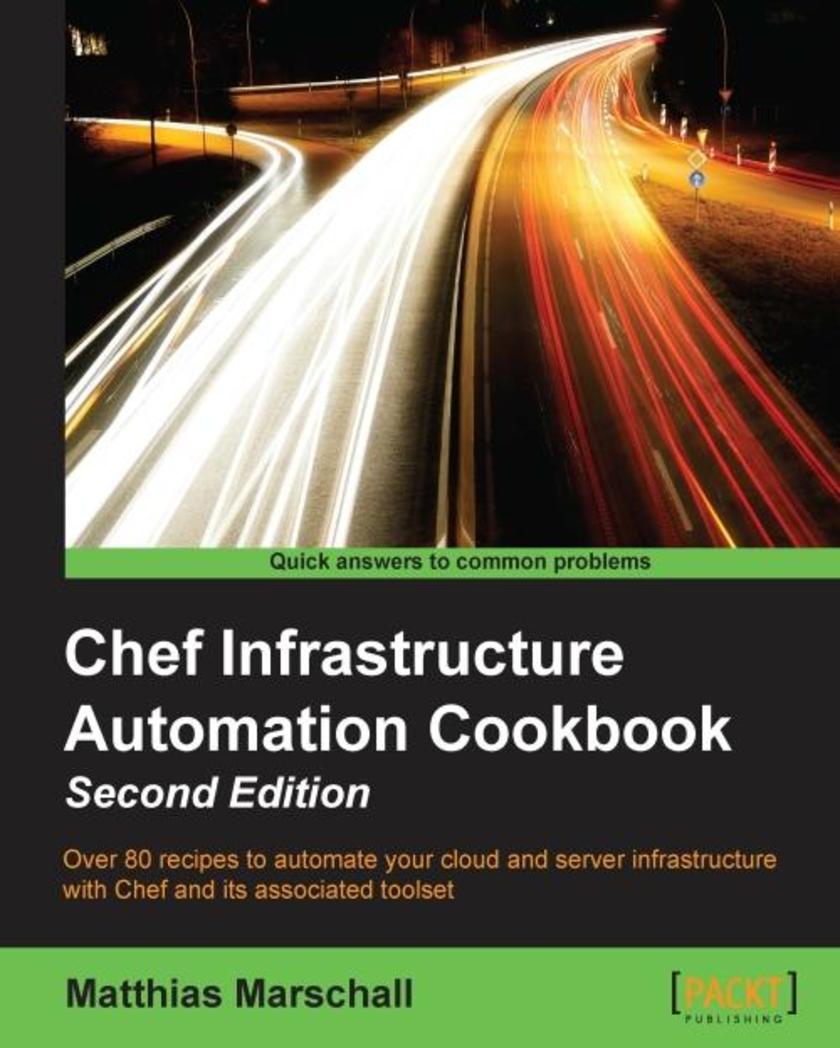
Chef Infrastructure Automation Cookbook - Second Edition
¥80.65
This book is for system engineers and administrators who have a fundamental understanding of information management systems and infrastructure. It helps if you've already played around with Chef; however, this book covers all the important topics you will need to know. If you don't want to dig through a whole book before you can get started, this book is for you, as it features a set of independent recipes you can try out immediately.
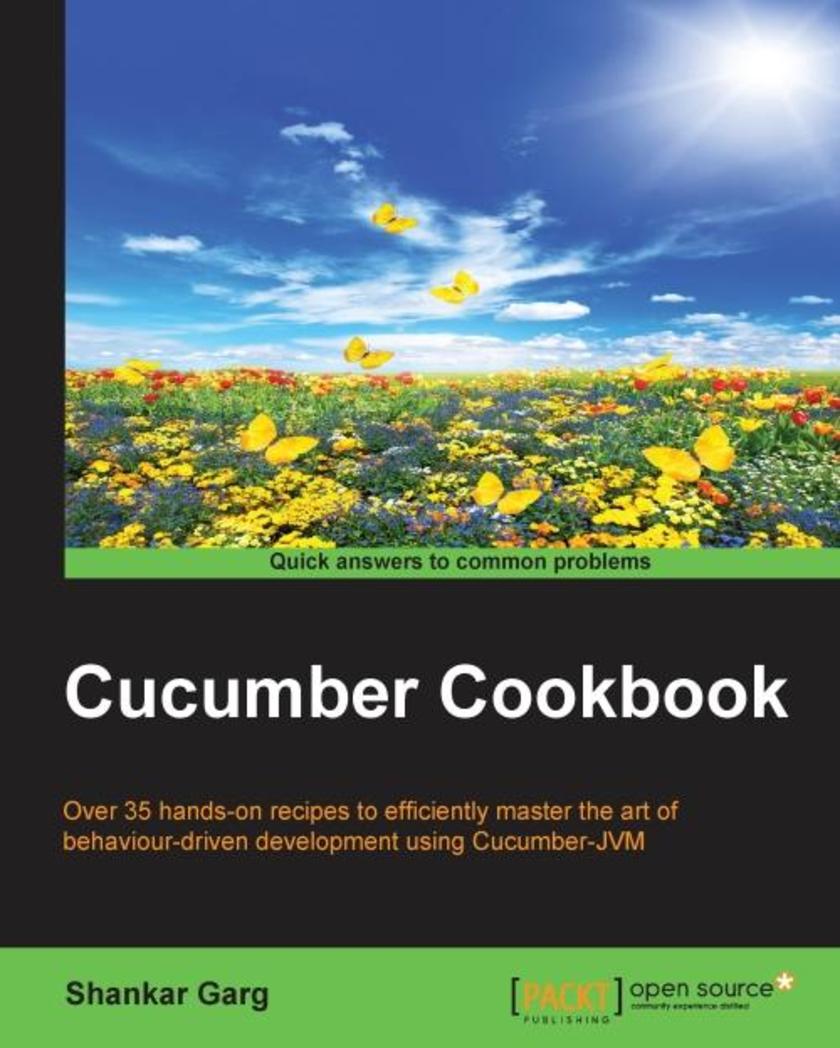
Cucumber Cookbook
¥71.93
This book is intended for business and development personnel who want to use Cucumber for behavior-driven development and test automation. Readers with some familiarity with Cucumber will find this book of most benefit. Since the main objective of this book is to create test automation frameworks, previous experience in automation will be helpful.

Learning Hyper-V
¥99.18
This book focuses on readers starting their journey with Hyper-V, and assumes they have minimal or no knowledge of virtualization.
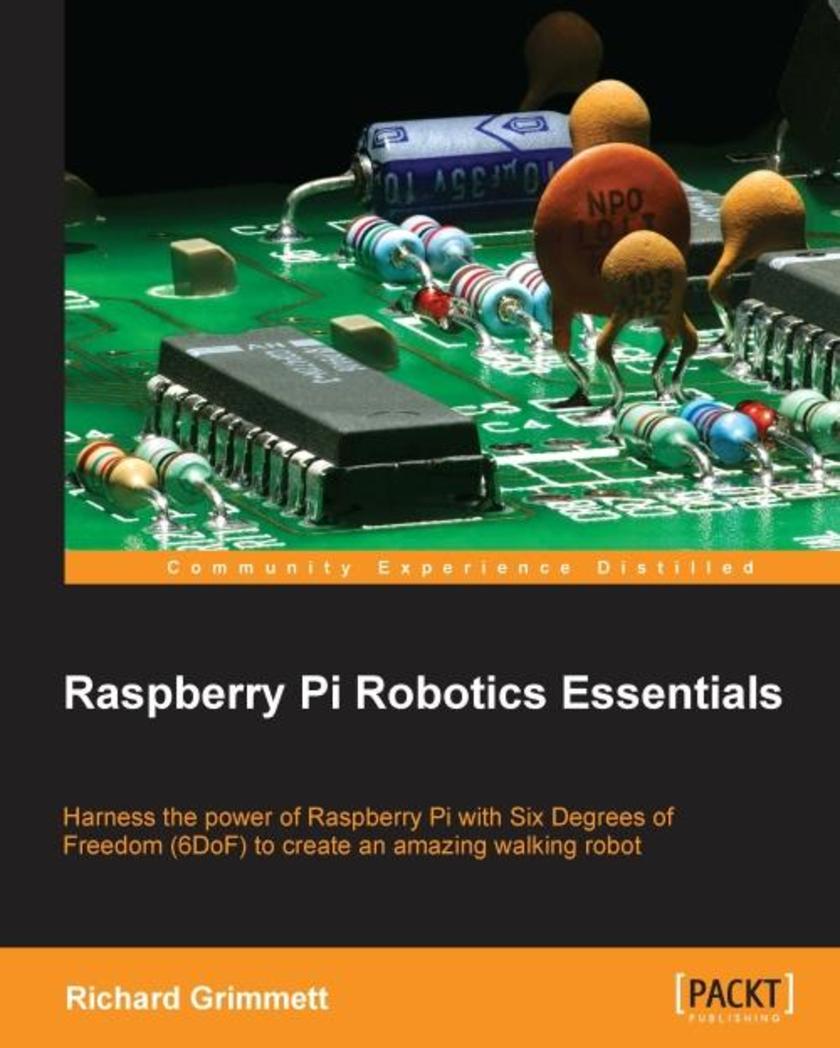
Raspberry Pi Robotics Essentials
¥54.49
If you are a programmer with an interest in building advanced robotics projects using inexpensive hardware and open source software, then this book is for you. Some experience with computer programming and implementing simple mechanical systems is required.
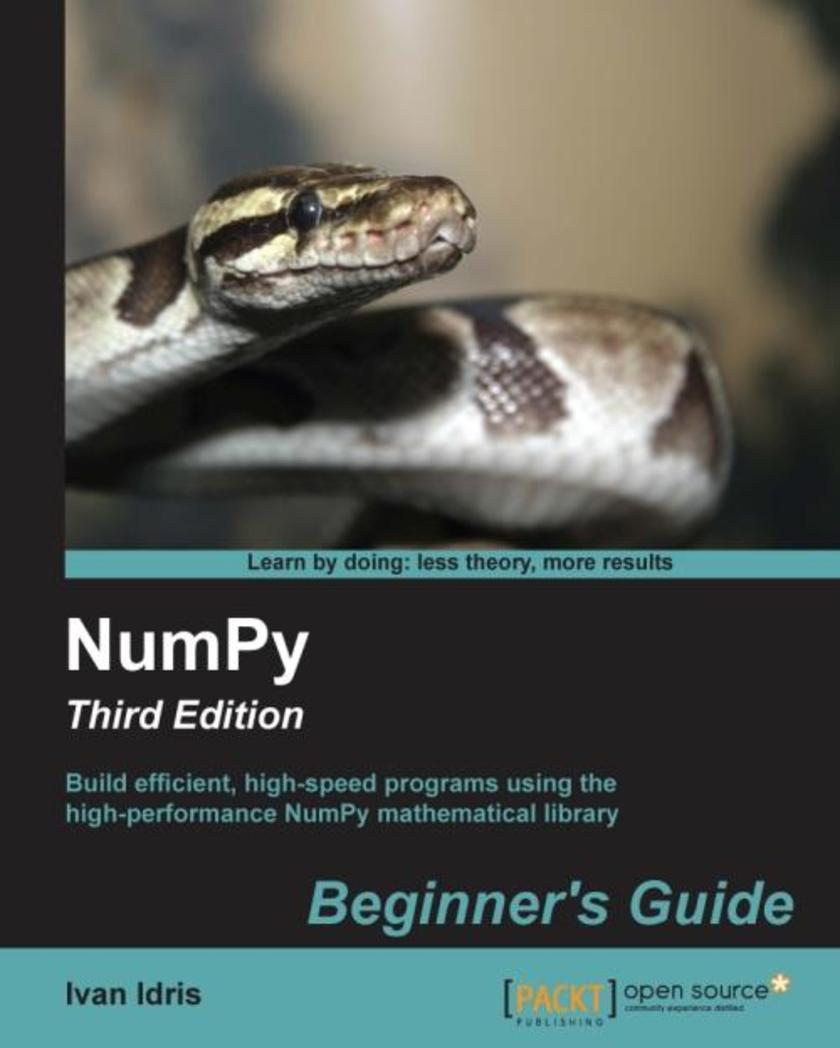
NumPy: Beginner's Guide - Third Edition
¥80.65
This book is for the scientists, engineers, programmers, or analysts looking for a high-quality, open source mathematical library. Knowledge of Python is assumed. Also, some affinity, or at least interest, in mathematics and statistics is required. However, I have provided brief explanations and pointers to learning resources.
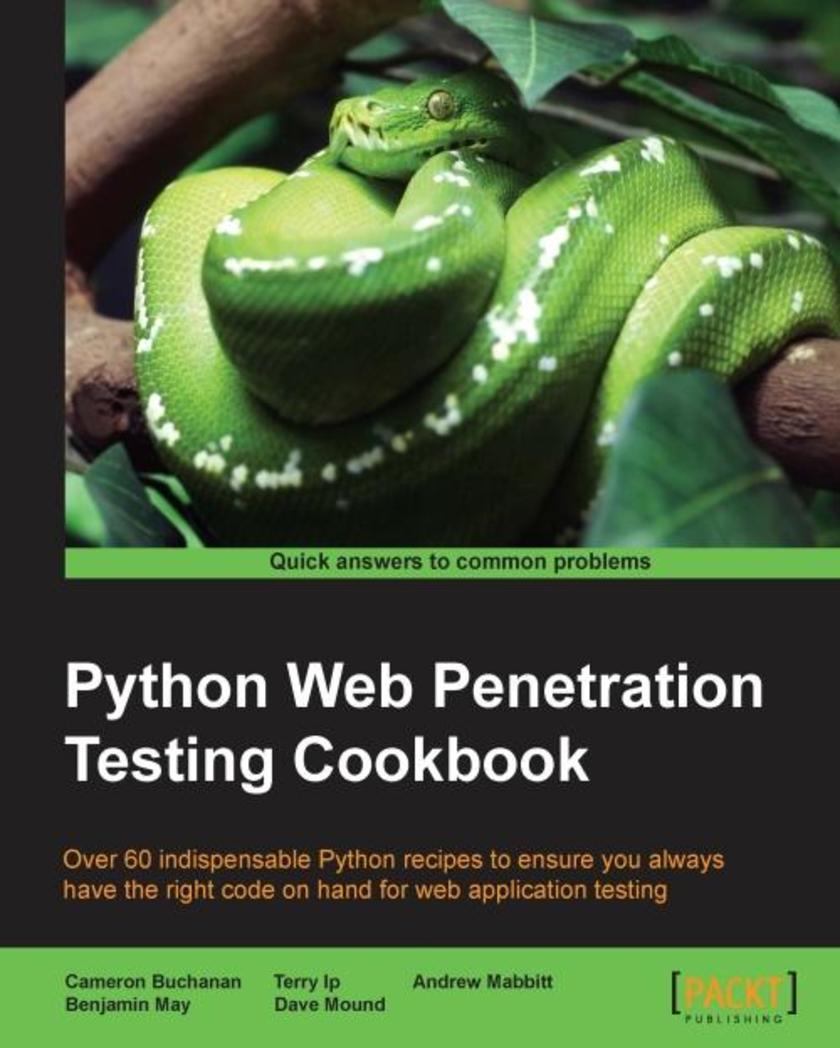
Python Web Penetration Testing Cookbook
¥80.65
This book is for testers looking for quick access to powerful, modern tools and customizable *s to kick-start the creation of their own Python web penetration testing toolbox.
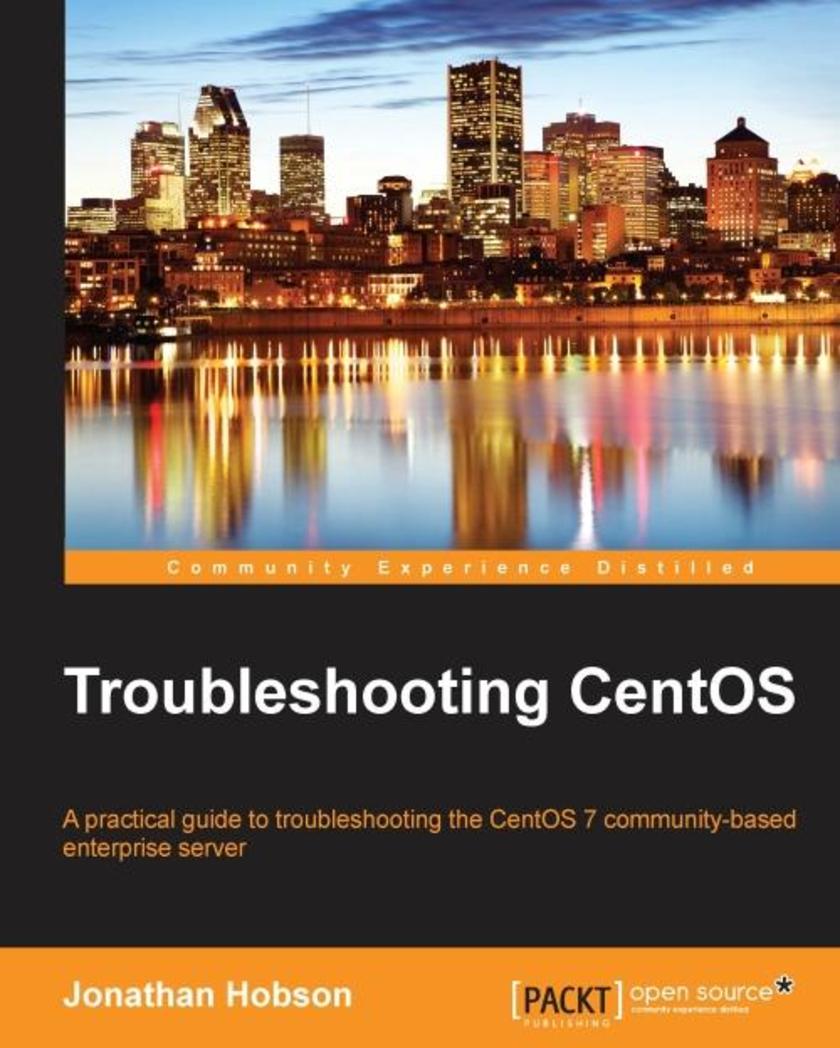
Troubleshooting CentOS
¥54.49
It is assumed that you will already have a server up and running, you have a good working knowledge of CentOS, and you are comfortable with the concept of working with those services used by your server.
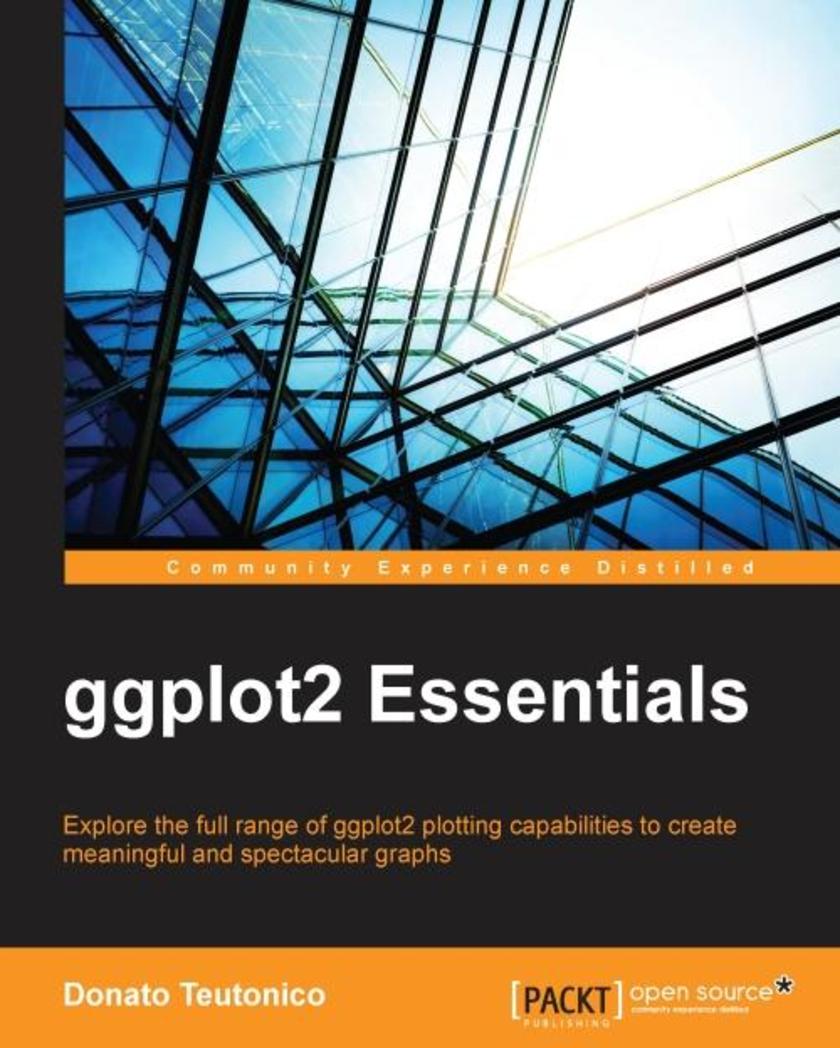
ggplot2 Essentials
¥45.77
This book is perfect for R programmers who are interested in learning to use ggplot2 for data visualization, from the basics up to using more advanced applications, such as faceting and grouping. Since this book will not cover the basics of R commands and objects, you should have a basic understanding of the R language.

Learning SAP BusinessObjects Dashboards
¥99.18
This book will help beginners to create stylish and professional looking dashboards in no time. It is also intended for BI developers who want to use SAP BO to facilitate BI in their organizations. No prior knowledge is required, however, you must have a basic knowledge of MS Excel and some analytical skills to build expressive business charts.
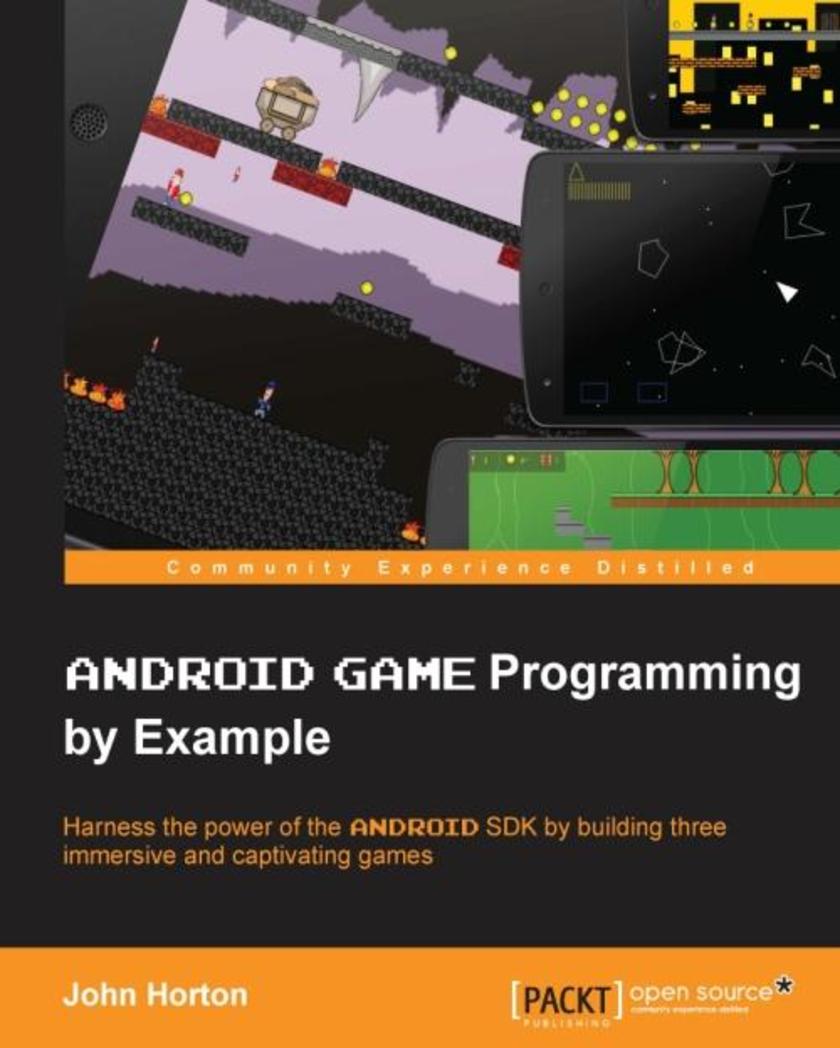
Android Game Programming by Example
¥80.65
The book is best suited for existing Android or Java programmers who want to adapt their skills to make exciting Android games. The book is also for determined readers who might have no Android, game programming or even Java experience, but a reasonable understanding of object oriented programming knowledge is assumed.




 购物车
购物车 个人中心
个人中心



